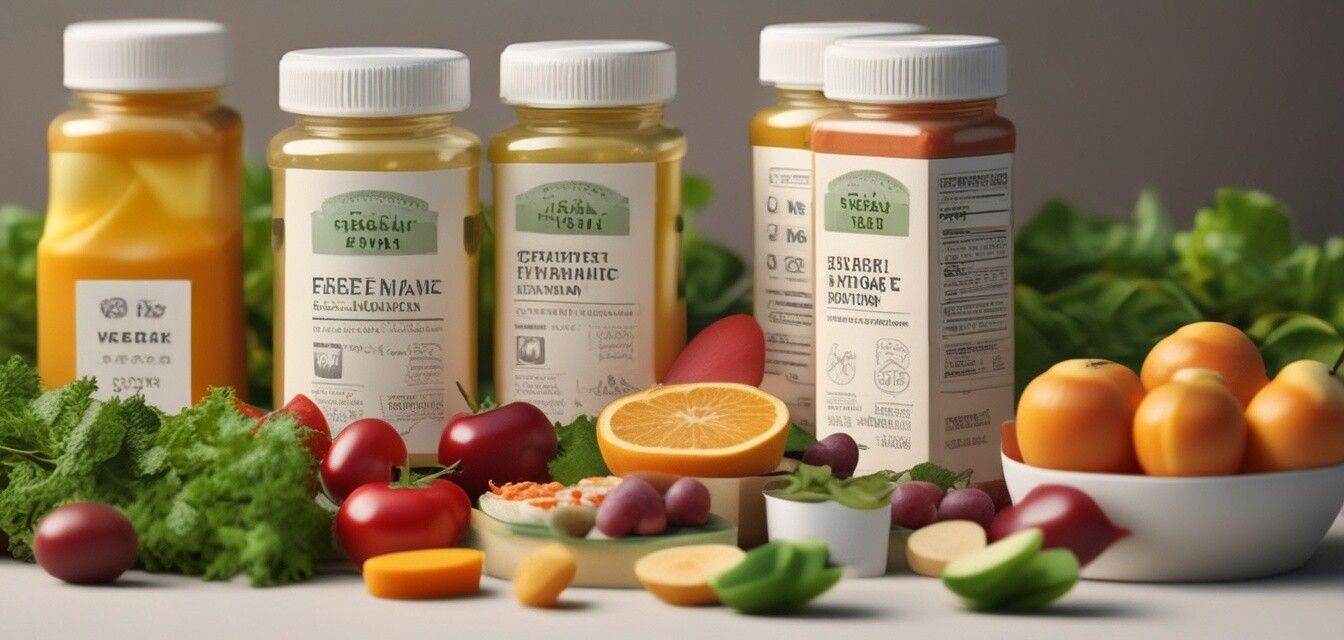
High-Quality vs. Low-Quality Prenatal Vitamins: How to Tell
- Focus on ingredient sourcing to assess quality.
- Certifications can indicate higher standards.
- Brand reputation is a good indicator of product reliability.
- Reading labels is crucial in distinguishing vitamin quality.
- Price isn't always a direct reflection of quality.
Choosing the right prenatal vitamins can be a daunting task, especially with the myriad of options available. Understanding how to distinguish between high-quality and low-quality prenatal vitamins is essential for expectant mothers who want the best for themselves and their babies. This guide will explore key factors such as ingredient sourcing, certifications, and brand reputation to help simplify your decision-making process.
Understanding Ingredient Sourcing
One of the most critical factors in determining the quality of a prenatal vitamin is the sourcing of its ingredients. High-quality vitamins typically use pure and bioavailable forms of vitamins and minerals.
| Ingredient Type | High-Quality | Low-Quality |
|---|---|---|
| Vitamins | Made from natural sources | Synthetic or artificial additives |
| Minerals | Organic or chelated forms | Inorganic forms, hard on the stomach |
| Fillers and Additives | Minimal or none | Heavy fillers and artificial colorings |
Certifications That Matter
Various certifications can indicate the quality of prenatal vitamins. Look for the following:
- Certified Gluten-Free: Important for those with gluten sensitivities.
- Non-GMO: Ensures that the vitamins do not contain genetically modified organisms.
- Vegan or Vegetarian Certifications: Indicates no animal-derived ingredients are used.
- Third-Party Testing: Validates that the product meets specified quality standards.
Certifications to Look For
| Certification | Description |
|---|---|
| NSF Certified | Ensures products meet strict quality and safety standards. |
| USP Verified | Indicates compliance with quality and purity standards set by the United States Pharmacopeia. |
| Organic Certification | Confirms that the ingredients meet organic farming standards. |
Brand Reputation Matters
The brand behind the product can significantly influence its quality. Researching the brand’s reputation can provide insight into their quality commitment. Consider these aspects:
- Years in Business: Established brands often have a proven track record.
- Customer Reviews: Analyzing feedback can highlight key strengths or weaknesses.
- Transparency: Brands willing to share their sourcing and manufacturing processes indicate higher quality.
Assessing Customer Feedback
Check customer reviews on multiple platforms for a balanced view of the product. Look at common complaints and praises to assess overall quality.
Deciphering the Label
Reading the vitamin label is crucial when evaluating the quality. Key elements to consider include:
- Serving Size: Make sure it aligns with daily recommended values.
- Active Ingredients: Ensure adequate levels of essential vitamins and minerals.
- Expiry Date: Always check that the product is within its shelf life.
Price vs. Quality
It’s a common misconception that a higher price guarantees better quality. Here’s a quick breakdown:
| Price Range | Quality Insight |
|---|---|
| $10 - $20 | Basic vitamins, possible inferior sourcing. |
| $20 - $40 | Good quality with some certifications, reasonable sourcing. |
| Above $40 | High-quality, often third-party tested and well-respected brands. |
Pros
- High-quality prenatal vitamins often offer better nutrient absorption.
- Reputable brands provide transparency regarding ingredient sourcing.
- Certifications can help ensure product integrity.
Cons
- Higher price tags may deter some consumers.
- Marketing claims can be misleading without rigorous research.
Conclusion
Choosing between high-quality and low-quality prenatal vitamins does not have to be complicated. By examining ingredient sourcing, certifications, brand reputation, and labels, you can make an informed decision that prioritizes your health and that of your baby.
For further insights, check out our Buying Guides to explore more about making the right choices for your prenatal needs.
